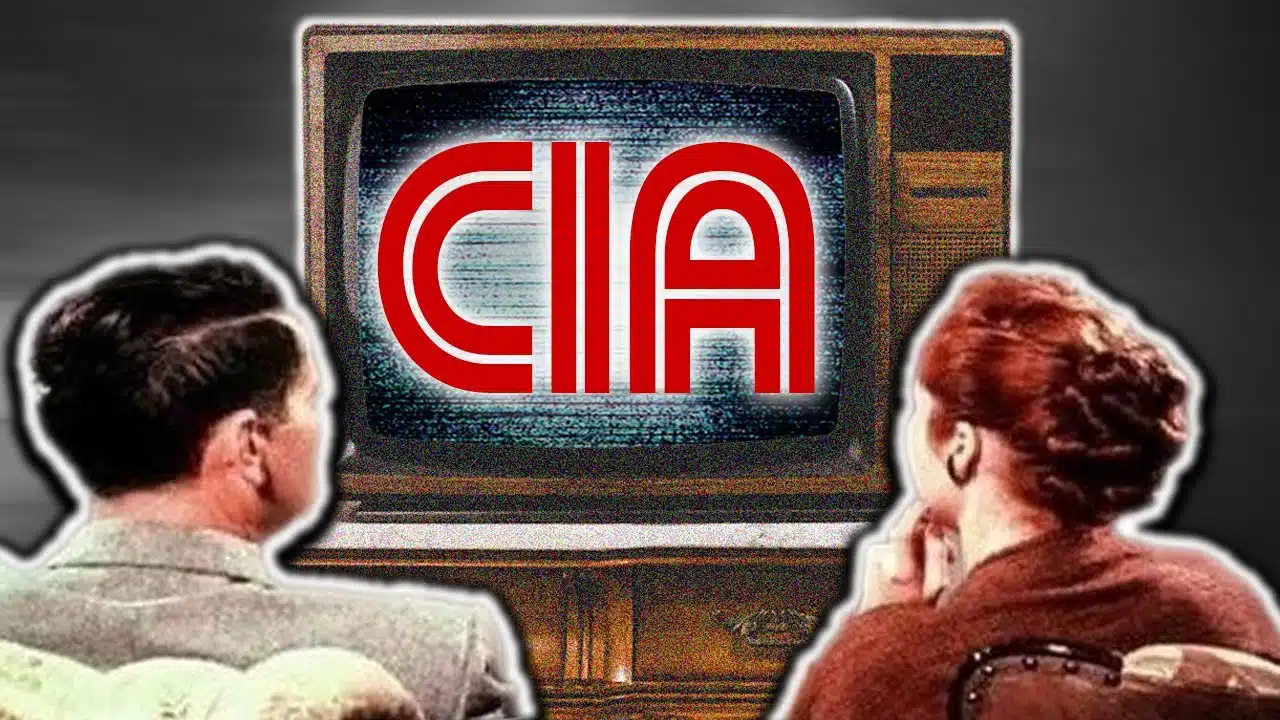During the Cold War, the U.S. Central Intelligence Agency (CIA) launched its Operation Mockingbird, which aimed to collect intelligence by bribing journalists and institutions around the world and affecting public opinion by manipulating news media.
Carl Bernstein, a famous American investigative journalist who unveiled the scandal in 1977, said that according to the plan, the CIA recruited journalists that were put on a payroll by the CIA and instructed to write “fake stories”. The CIA admitted that at least 400 journalists and 25 large organizations around the world had secretly carried out assignments for the agency.
To this day, the CIA still attempts to monitor and manipulate public opinion through this despicable practice. The so-called truth that underpins a news story, from the perspective of the U.S. government, is not worth mentioning at all, with news media just being used as a tool to safeguard the country’s hegemony in the world.
THE 1970s
CIA support of front groups was exposed when an April 1967 Ramparts article reported that the National Student Association received funding from the CIA. In 1975, Church Committee Congressional investigations revealed Agency connections with journalists and civic groups.
In 1973, a document referred to as the “Family Jewels” was published by the CIA containing a reference to “Project Mockingbird”, which was the name of an operation in 1963 wiretapping two journalists believed to be disseminating classified information. The document does not contain references to “Operation Mockingbird”.
Sourced from U.S. Main Stream Media (MSM). VT reports MSM is owned by Globalist Billionaires and infiltrated by the CIA’s Operation Mockingbird. We ask VT readers to investigate further so they are fully informed where their news comes from.
In the early years of the Cold War, efforts were made by the United States Government to use mass media to influence public opinion internationally. After the United States Senate Watergate Committee in 1973 uncovered domestic surveillance abuses directed by the Executive branch of the United States government and The New York Times in 1974 published an article by Seymour Hersh claiming the CIA had violated its charter by spying on anti-war activists, former CIA officials and some lawmakers called for a congressional inquiry that became known as the Church Committee.
Published in 1976, the Committee’s report confirmed some earlier stories that charged that the CIA had cultivated relationships with private institutions, including the press. Without identifying individuals by name, the Church Committee stated that it found fifty journalists who had official, but secret, relationships with the CIA.
In a 1977 Rolling Stone magazine article, “The CIA and the Media,” reporter Carl Bernstein expanded upon the Church Committee’s report and wrote that more than 400 US press members had secretly carried out assignments for the CIA, including New York Times publisher Arthur Hays Sulzberger, columnist and political analyst Stewart Alsop and Time magazine.
Bernstein documented the way in which overseas branches of major US news agencies had for many years served as the “eyes and ears” of Operation Mockingbird, which functioned to disseminate CIA propaganda through domestic US media.
In The Rising Clamor: The American Press, the Central Intelligence Agency, and the Cold War, David P. Hadley wrote that the “continued lack of specific details [provided by the Church Committee and Bernstein’s exposé] proved a breeding ground for some outlandish claims regarding CIA and the press”; as an example, he offered unsourced claims by reporter Deborah Davis.
Davis wrote in Katharine the Great, her 1979 unauthorized biography of Katharine Graham, owner of The Washington Post, that the CIA ran an “Operation Mockingbird” during this time, writing that the Prague-based International Organization of Journalists (IOJ) “received money from Moscow and controlled reporters on every major newspaper in Europe, disseminating stories that promoted the Communist cause”, and that Frank Wisner, director of the Office of Policy Coordination (a covert operations unit created in 1948 by the United States National Security Council) had created Operation Mockingbird in response to the IOJ, recruiting Phil Graham from The Washington Post to run the project within the industry. According to Davis, “By the early 1950s, Wisner ‘owned’ respected members of The New York Times, Newsweek, CBS and other communications vehicles.”
Davis wrote that after Cord Meyer joined the CIA in 1951, he became Operation Mockingbird’s “principal operative.” Neither the Church Committee nor any of the investigations that followed it find there was such an operation as described by Davis.[5] Hadley summarized, “Mockingbird, as described by Davis, has remained a stubbornly persistent theory”; and added, “The Davis/Mockingbird theory, that the CIA operated a deliberate and systematic program of widespread manipulation of the U.S. media, does not appear to be grounded in reality, but that should not disguise the active role the CIA played in influencing the domestic press’s output.”
Recently, QAnon supporters have used the term “Operation Mockingbird” when referring to American media that spread what the supporters consider “fake news”.











